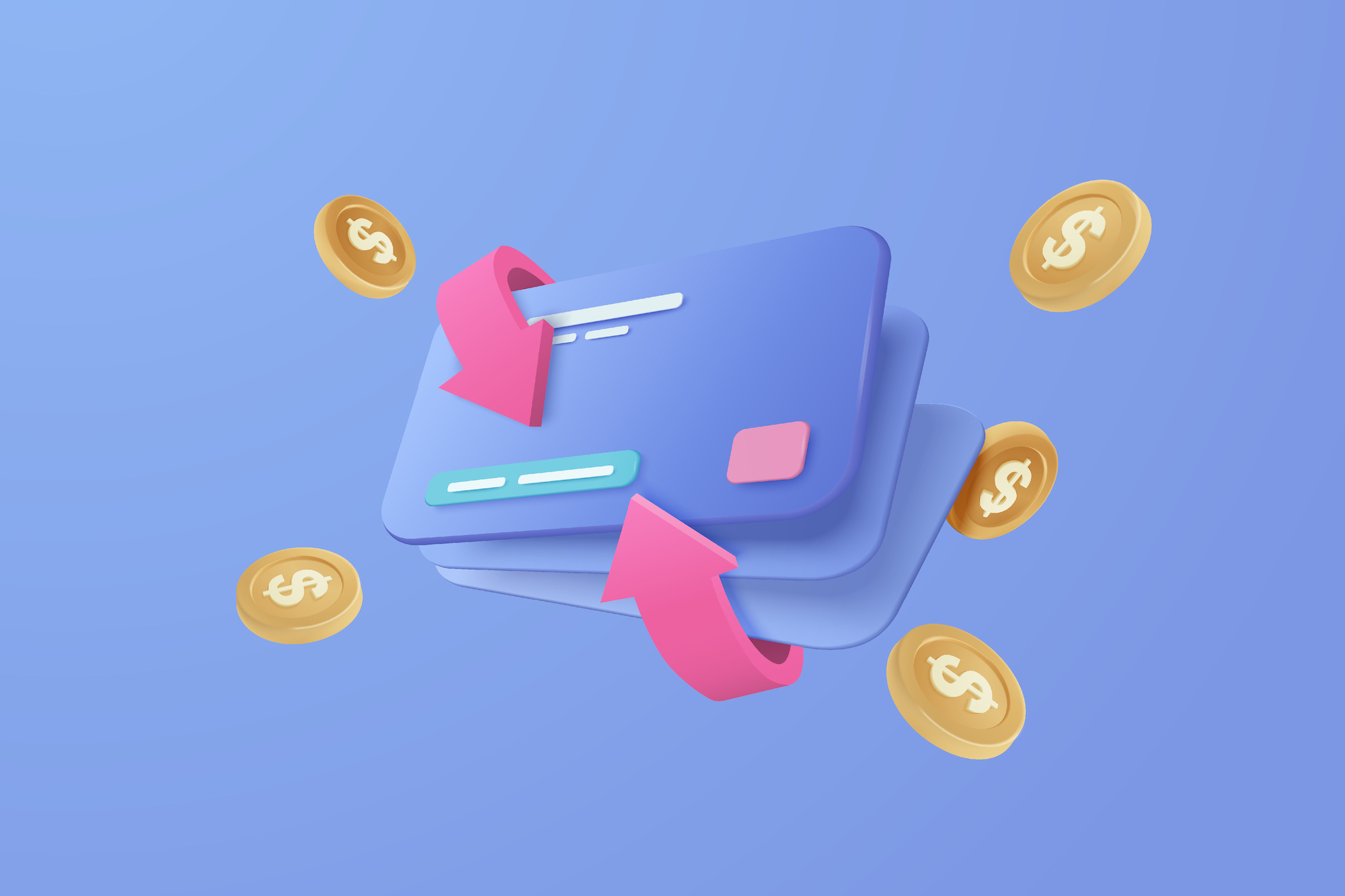The international Virtual POS terms of use with which banks work together give customers the right to object to their banks in payment transactions.
A customer has the right to appeal to the bank for payments made from a debit or credit card. We’ll tell you about these rights in 10 ways to prevent chargebacks.
Since the responsibility is on the seller for payments made by bank or credit cards, the bank asks the seller to prove that the trade is done with the right person in the product he sells. At this stage, what needs to be done is to present the buyer’s cargo information, the invoice of the product sold in the transaction, or other documents that can be shown as evidence.
The important point at this stage is whether the person making the payment by debit or credit card is the same as the person to whom the product is delivered. If the person making the payment for the shopping amount and the person receiving the product differ, the e-commerce site using the Virtual POS infrastructure will refund the fee paid by the cardholder.
Although it is easy to verify the cardholder because it is a face-to-face system in traditional trade, e-commerce sites allow shopping in a virtual environment using the 3D Secure system to verify the cardholder.
What is a Chargeback?
A chargeback is a rule that is included in the terms of payment methods such as Visa, Mastercard, Amex, Troy, which are some of the international payment institutions, and tries to ensure that the card user is not a victim.
If the credit card users encounter a problem with the workplace after the transactions they have made or if they realize that there is a transaction that has not been made by the credit card user, they have the right to file a chargeback application to the card-issuing bank regarding these transactions.
These charges made are called chargebacks. The charge made is first made by the cardholder to the bank from which the card was provided and this request is sent by the bank to the place of business where this transaction took place. The bank also requests the details of the transaction subject to chargeback from the workplace.
If the cardholder is justified as a result of the insufficient details of the requested work, the amount of the transaction is deducted from the relevant workplace by the business bank and the amount paid to the user is transferred to the bank. Banks are obliged to comply with the rules of the card institutions in all transactions. The procedure used is universal, and the chargeback method is the same wherever these rules apply. In other words, the form of objection does not change in your local or universal card purchases.
What are the Ways To Prevent Chargebacks?
To minimize the possibility of the chargeback, you can apply the following items against your customers.
- Ensuring data security
- Protecting the brand reputation of card institutions
- Failure to sell prohibited products and services
- Not accepting fraudulent transactions
- Have a clear return policy
- A mail and phone number with contact information
- Making the product description in detail
- Obtaining customer signature for card transactions
- Using address verification services such as CVV code for cardless payments
- Avoid using your credit card number as much as possible
You can minimize this possibility by using the 10 Ways to Prevent Chargebacks that we have outlined.
- Ensuring Data Security
Businesses must ensure the security of card users and card data. If it cannot be provided, it is subject to penal sanctions by the card institution. Card Payment Sector Data Security Standards have been developed to leak the security of customer data and minimize the risk of theft.
- Protecting the Brand Reputation of Card Institutions
According to the laws of card manufacturers, it is forbidden to accept cards on websites that contain content that is unethical and to make sales by switching to other pages with extensions.
- Failure to Sell Prohibited Products and Services
The products sold and the content sent to the buyer on the websites of businesses that receive transactions with orders such as e-commerce, mail, or telephone, where the card does not need to be used during the transaction, must comply with national laws and international card payment systems laws.
- Not Accepting Fraudulent Transactions
In the sectors where card payments are made, payments made by third parties without the knowledge of the card users are generally referred to as Fraudulent Transactions. These transactions should not be accepted.
- Have a Clear Return Policy
Help your customers learn about your return policy on your website.
- A Mail and Phone Number with Contact Information
Your customers are more likely to reach you directly than to apply for chargebacks.
- Making the Product Description in Detail
Your goal here is to accurately represent the information of the product the customer wants to buy.
- Obtaining Customer Signature for Card Transactions
A signature is one of the ways to show that the accusation is legal and willful.
- Using Address Verification Services such as CVV Code for Cardless Payments
Keeping the theme of your super-secure transactions, these additional pieces of information make your transactions much more robust.
- Avoid Using Your Credit Card Number as much as Possible
It is much more difficult to object to transactions involving or using smart payment cards and payment chips.
If you follow the 10 ways to prevent chargebacks we mentioned above. Your risk of getting a chargeback will start to decrease.
Which Documents are Valid in the Case of Chargeback?
Documents to be considered valid in case of chargeback may vary depending on the reason for objection.
In such cases, the document with the most validity is the delivery document signed by the cargo employee to the signatory while the product is delivered.
What makes this situation important is that the signatory is the owner of the transaction. Signatures made other than the transaction owner are not deemed valid by banks.




